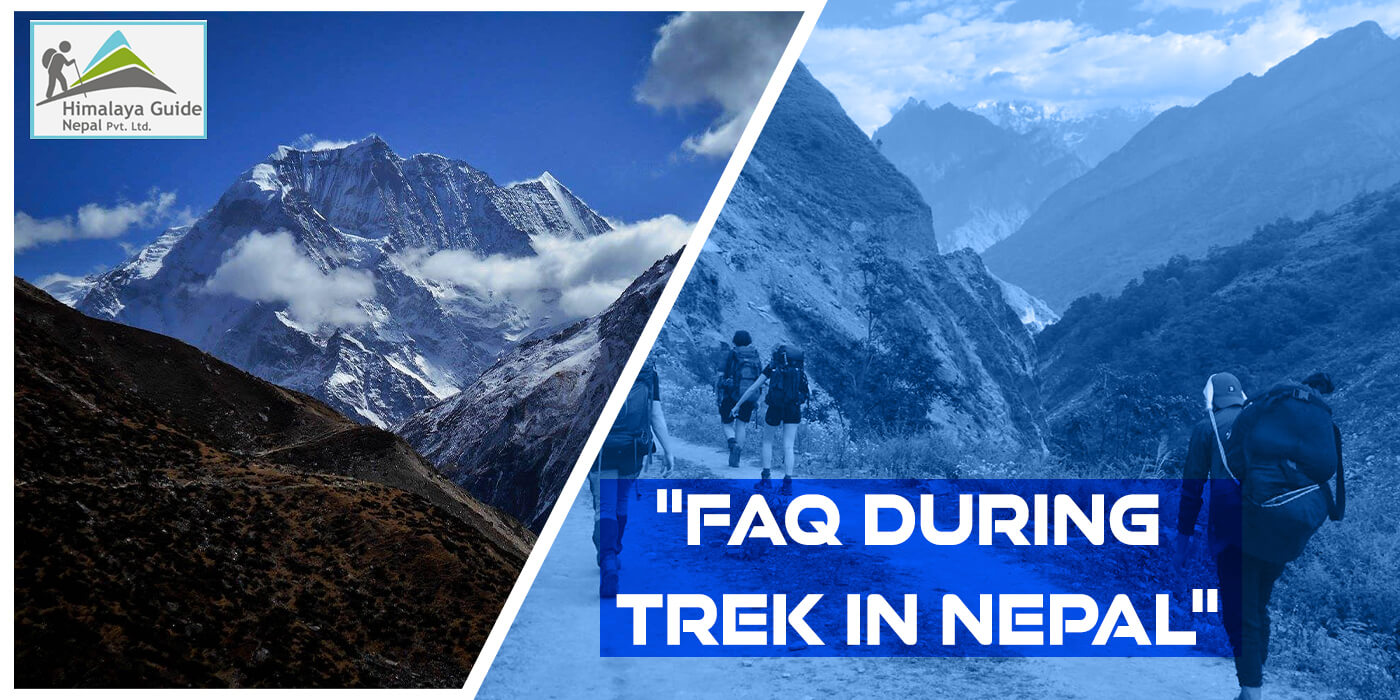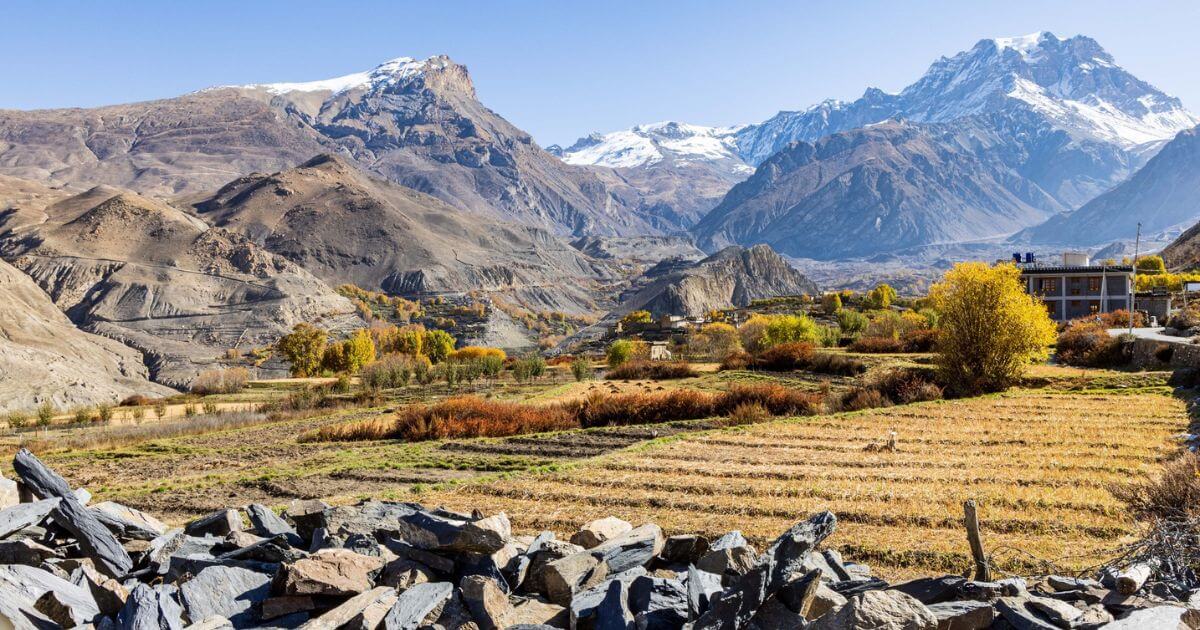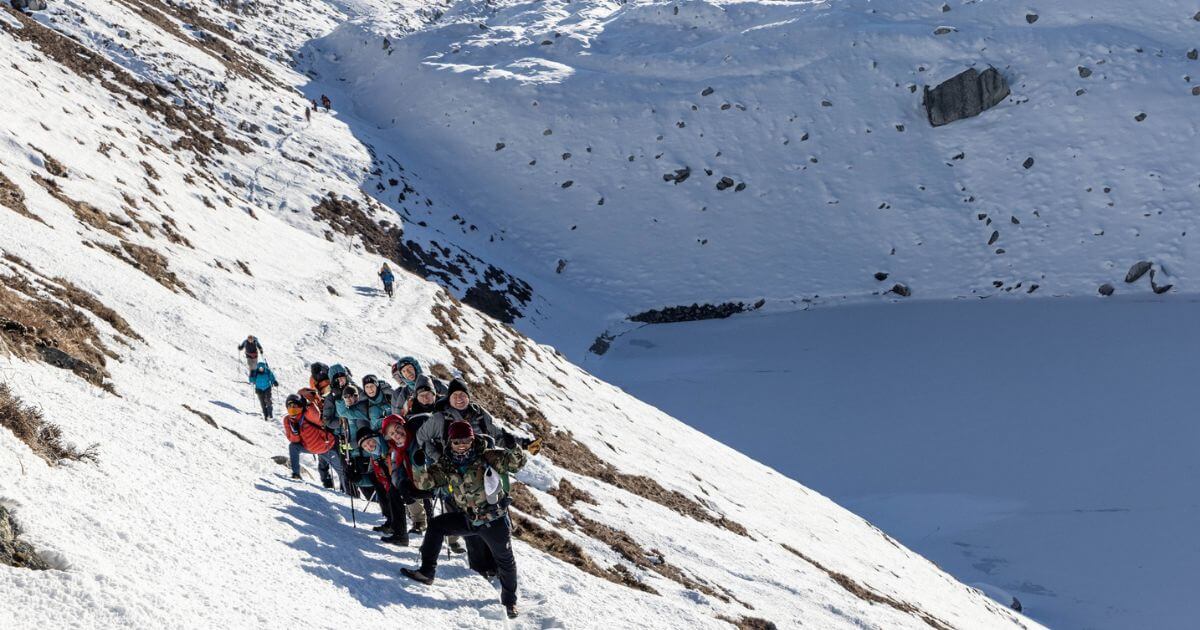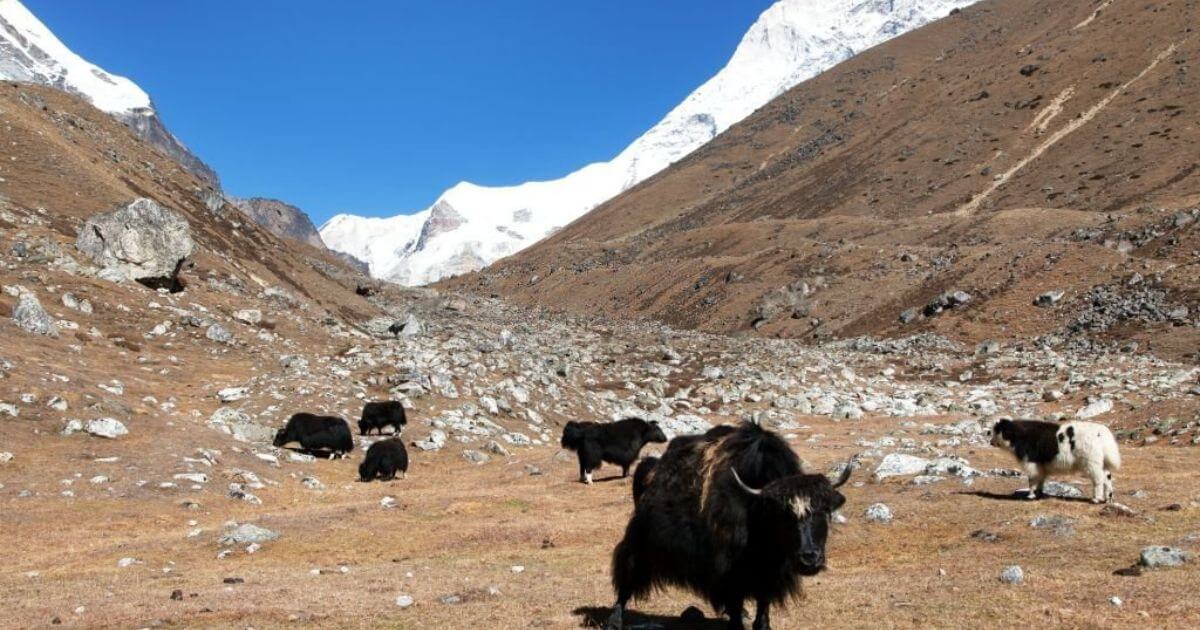FAQ During Trek in Nepal

26 Dec 2022 Manaslu Guide
Trekking in Nepal is a wonderful experience, especially in the snow-covered Himalayas. One must consider several considerations before choosing a trek in Nepal Himalayas, such as the trekking season, region, level of difficulty, expense, and so forth.
Numerous questions on trekking in Nepal are routinely sent to us by experienced and novice hikers alike. The 40 most important frequently asked questions regarding trekking in Nepal are listed here. Be sure you read these concerns before embarking on a journey through the Nepalese Himalayas.
Q: Where in Nepal are the best locations for Trekking?
In Nepal, there are numerous locations where you can go hiking. The Everest and Annapurna regions may be the greatest options if you are searching for a traditional and well-known trip.
The Everest Base Camp Trek, the Annapurna Base Camp Trek, and the Annapurna Circuit Trek are a few of the most popular trekking routes. The greatest places to trek if you’re seeking a secluded path are Kanchenjunga, Dolpo, Humla, and Upper Mustang.
With the help of the travel agency, which will choose the perfect hikes for you, you may talk about your needs.
Q: How much does trekking cost in Nepal?
The number of days, region, and degree of difficulty are just a few variables that affect how much it costs to trek in Nepal. Both cheap and pricey treks are available. Trekking in Nepal’s Himalayas often costs $100 to $200 per person per day in U.S. dollars. Permits for trekking, lodging, food, transportation, guides, porters, and other costs are all included in the price.
The cost of the trekking permits will depend on the region and route to be travelled, and lodging in hotels, tea houses, or camps and tents is affordable. On the other hand, the Himalayas have expensive food and drink prices because of poor transportation and a lack of greenery. You can choose a more expensive private jeep or car transportation or a less expensive public bus alternative for transit.
The cost of the guides’ and porters’ lodging, meals, daily wages, and optional tips are additional discretionary expenditures. Additionally, you would require cash for shopping, personal expenses, and emergencies.
Q: In Nepal, do I require a trekking permit?
Yes, you would need a trekking permit for the majority of the hikes in Nepal. The National Park/Conservation Area Project Permits are a typical trekking permit that you need if your trail goes through a national park or conservation area.
Limited Access In some isolated and rural areas close to the borders, which the Nepali government strictly oversees, permits are required. This permit is necessary for some places, including Upper Mustang, Dolpo, Humla, and Kanchenjunga. A lone trekker needs help to acquire it. Therefore, one should hire a legitimate Nepali travel agency to obtain a permit.
Visit this blog post on How To Get TIMS Card And Trekking Permits In Nepal for more information on the specific permit and its specifics.
Q: How challenging is Nepali trekking?
Three main difficulty levels for trekking in Nepal have been established: Easy to Moderate, Moderate to Difficult, and Difficult to Challenging. When determining the trek’s difficulty level, there are a few things to remember.
Trekking in Nepal’s Himalayas frequently entails traversing rocky paths with far-off, crumbling lodges, no transit options in remote regions, risk of high altitude sickness, and unusually unpredictable weather patterns. They increase the difficulty of Nepali trekking.
The finest treks for novice hikers are easy to moderate treks like Poonhill, Ghorepani, and Annapurna Base Camp treks. Moderate to challenging hikes like Gokyo Lake and Manaslu suit hikers with good physical fitness and previous hiking expertise.
Q: When is the best time to go trek in Nepal?

The autumn and spring months are ideal for trekking in Nepal. While the spring season lasts from March to May, autumn lasts from September to November. The ideal trekking season in Nepal is during these months.
These times of year feature clear skies, new growth, blooming wildflowers, and comfortable temperatures. Clear views can be seen of the Himalayan range that surrounds Nepal.
The winter season, which lasts from December to February, sees temperatures as low as -18 degrees Celsius, making higher-altitude treks unsuitable.
Q: When an emergency occurs, what happens?
Our guide, who has received the necessary safety training, can be your first point of contact in an emergency while trekking in the Nepalese Himalayas. They will work with the tour agency to coordinate any rescue missions.
If you do not have a guide, it is best to administer any first aid you may have on hand or to go to the nearby health post that has been put up close to the path. In the worst-case scenario, you can contact a Kathmandu-based organisation that provides helicopter rescue for medical evacuation.
Q: What important papers do I have to bring on my trip?
When travelling to Nepal for a trek, you must have your passport, visa, insurance documents, and other permits. You can obtain some permissions and a visa upon arrival in Nepal. You would need to bring three to four passport-sized photos to obtain permits.
Q: Is it safe to travel to Nepal?
Yes! Since no revolutionary organisations or religious radicals are upsetting the nation’s tranquillity, it is safe. Today, Nepal seems safer than most other countries in the world as a result of the people’s strong religious beliefs, engagement, outgoing personalities, and inherent goodness. Since tourism is the nation’s economic backbone, the people are always friendly and inviting. Please read the travel advice provided by your nation.
Q: What should I pack if I’m travelling to Nepal?
Your trip season and destination will all play a role. Nepal is a traditionally conservative nation. We advise guests to avoid wearing overly short, tight, or exposed outfits. In the Kathmandu valley, cotton clothing that is medium-weight and simple to clean is advised all year long.
Additionally, we advise woollen sweaters, coats, and other warm clothing from October to February. Bring a pair of cosy walking shoes, such as sandals and sneakers. In sacred places and places of worship, both men and women may be expected to cover their heads. There will be a list of suggested clothing items and equipment for trekking and adventure routes.
Q: How can you maintain your health while doing trek in Nepal?
You must maintain the proper balance of your meals and water consumption to be healthy while on a trek in Nepal. Make sure you don’t eat processed or highly spiced meals. As much as you can, try to eat local produce.
Another approach to protect your health is by drinking enough water, as the treks can last up to 8 to 9 hours each day and lead to dehydration. Drink bottled water or use purification pills to avoid drinking groundwater or tap water at all costs.
Q: How much distance will you trek in Nepal each day?

The route duration, altitude, and topography affect the typical walking distance. For instance, if you were to hike to Annapurna Base Camp for seven days, you would log around 12 kilometres (7.5 miles) per day. However, the distance travelled might be more for longer walks in wilderness locations. You might walk for 5 to 7 hours on a typical Himalayan hike.
Q: Are female solo travellers safe in Nepal?
Nepal is a secure place for female visitors travelling alone since the administration takes all necessary measures to ensure their security. However, in the areas where people go trekking, it is important to adequately prepare for the hike in advance, keep your possessions to yourself, and dress conservatively. A reputable travel agency can also organise the hike for you.
Q: Are solo treks possible in Nepal?
Yes, you could trek alone in Nepal, except for a few restricted regions where a guide is now a legal requirement.
However, given the high likelihood of getting lost in the deep snow on off-season treks, we don’t advise going alone. If this is your first time travelling in Nepal, it is not a good idea to go alone.
Q: What justifies nepalese trekking?

To experience the varied and rich culture, religion, traditions, and the spectacular snow-capped Himalayas, you should be trekking in Nepal. It’s ideal for connecting with nature while working out because of the lush hills and challenging hiking trails.
Eight of the world’s 8000-metre peaks are found in Nepal, along with some of the most well-known treks, including the Everest Base Camp journey and the Annapurna Base Camp expedition.
Q: Are you required to transport your belongings?
Yes, if you hike alone, you must carry your gear. If you hire a porter, they will carry a few of the heavier goods while leaving you to carry the remainder. It is recommended that you pack fewer so you will only have to carry a little weight while hiking.
Q: Can I store a suitcase or more bags at the hotel? Is there a price?
Most hotels will only charge you extra to store extra luggage or a suitcase there. If you plan to take the same route home, it is a smart option to do this. Ensure you keep all valuables in your luggage, such as jewellery, electronics, or other stuff.
Q: How much weight can a porter carry?
The all-inclusive plan offered by the travel firm includes a porter for every two trekkers. You should hire a private porter if you are not travelling in a group. Each porter can only lift a total weight of 20 to 25 kg, which could be a significant load off your back.
Q: Is it possible to get a separate room in a tea house?
In the majority of the well-known tea houses in the lower altitude areas, private rooms are offered. However, because there are few tea houses and many trekkers in the high-altitude areas, hikers must spend the night in a shared dormitory.
Q: Do trekking guides have First Aid supplies? Are you required to bring any medications?
Yes, the trained trekking guides that the travel agencies assign you to carry first aid, so you don’t have to. Additionally, they have received training in providing emergency first aid. Before engaging a guide for an autonomous hike, ensure this. You are also limited to carrying only your doctor’s medications.
Q: What accommodations will I have during the trek?
You will either stay in campers, tents, tea houses, or lodges. Although most trekking routes have tea houses within walking distance, some rural places need more facilities. Therefore you will need to pitch tents as a kind of housing.
